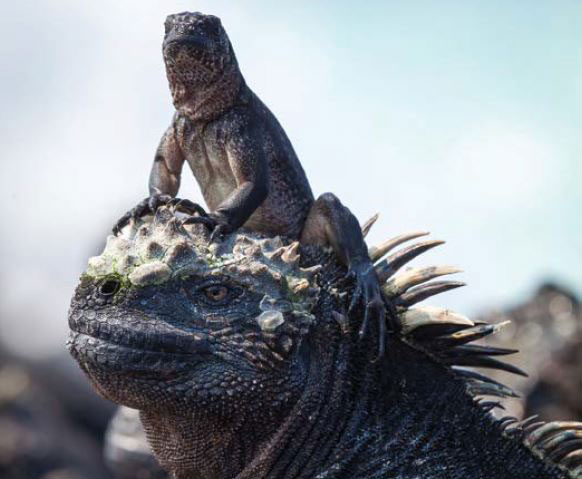Read about the fascinating story behind the first episode of Planet Earth II from producer Dr Elizabeth White.

“The whole trip took more than a year of planning. We had to be entirely self-sufficient as there’s nobody down there to rescue you if it all goes wrong.
“It was the shoot I was most excited by, and absolutely the most terrified by. Six months in advance I’d wake up in the night thinking ‘what do we do if somebody slips and breaks a leg?’
“There was an awful lot of uncertainty – we knew that the sea around the island would be rough and there was no guarantee that we’d be able to land – but we were so fortunate.
“We arrived on a calm day and within 24 hours we were ashore, with all our kit. Literally, the next day a storm came in and the boat had to retreat to the other side of the island. It was a week before the tender could come in for a resupply.
“Throughout the trip there was a worry about getting off the island. We gave ourselves a window of three days, but the swell was too big. On the final afternoon – just as another storm was coming in – we managed to get ourselves and all the camping and filming equipment back down the cliff and on to the boat. It was incredible.
“There’s a story in the Galapagos that I can’t wait for people to see. It’s the tale of hatchling marine iguanas that emerge from their eggs buried in the sand and have to cross the beach to reach the colony down by the sea.
“As they make their journey they are hunted by Galapagos racer snakes, which emerge from the rocks like a medusas head – all slithering and racing to capture the hatchling. They catch it, wrap around it and swallow it whole.
“I’ve never seen anything like it… it’s like something from a horror film! I don’t have a phobia of snakes, but I spent half the shoot with my hands in front of my eyes willing the poor hatchlings to escape! Thankfully, some did make it to the sea.”
*Planet Earth II airs on BBC Earth on Sundays at 4pm.

